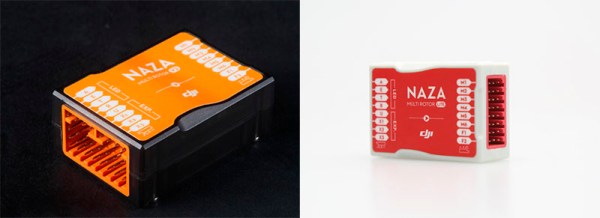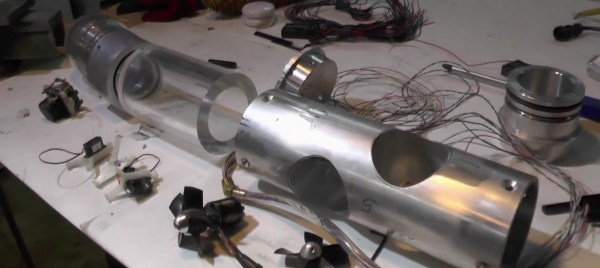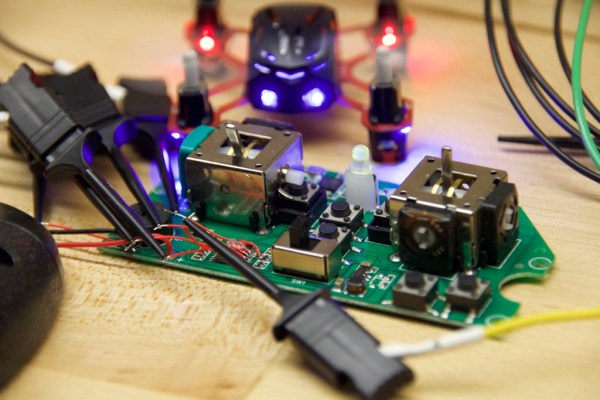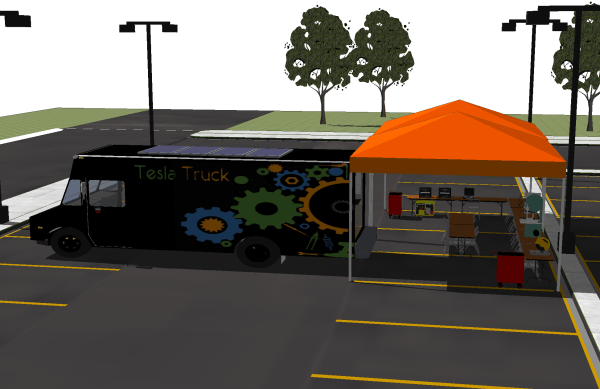With so many budget cuts, many public schools find themselves having to cut “unnecessary” programs such as shop, art, and music classes. They simply can’t afford to keep those things running and also teach other important concepts like math, language, and history. The obvious side effect is that kids don’t have a safe place to be creative and learn to make things with their hands.
Luckily, the maker movement has been rapidly growing over the last few years with makerspaces popping up all over the globe. These places are picking up the slack left behind by the budget cuts that hurt our public schools. But while makerspaces are getting more and more common, they still don’t exist everywhere. Even in those places lucky enough to have a makerspace, not everyone is aware that they exist and not everyone can afford to be a full-time member. This is where Tesla Truck comes in.
The Tesla Truck’s mission statement is “to provide a cutting-edge, mobile, hands-on STEM lab, where students, teachers, and makers can teach, learn, collaborate, create, and innovate.” It’s a noble cause for sure, but how do they plan to do this? This group intends to outfit a truck with the kinds of tools every maker dreams of. These would include a 3D printer, laser cutter, CNC plasma cutter, mill and lathe, electronics bench, and more.
Obviously just having a bunch of high-end tools is not going to cut it. Someone is going to have to teach people how to properly use these tools. The group behind the Tesla Truck is made up of educators, engineers, and published researches who have been doing this kind of thing for a while now. This group has been packing up their own personal tools into their hatchbacks and setting up shop in school classrooms around New York City, only to have to break down at the end of the day and bring them all home again. Together with the students, this group has built things like robots, quadcopters, and water purifiers. The Tesla Truck will give them the ability to reach more people much more easily.
The Tesla Truck is looking to raise a total of $62,804.01 to make their dream a reality. They have raised more than half of that outside of crowd funding. They’ve now turned to Indiegogo to raise the last $24,300. They have ten days left and they are almost halfway to their goal. You can watch their campaign video below to get a better feel for what they are all about. Continue reading “Tesla Truck Wants To Bring The Makerspace To The Children” →


















